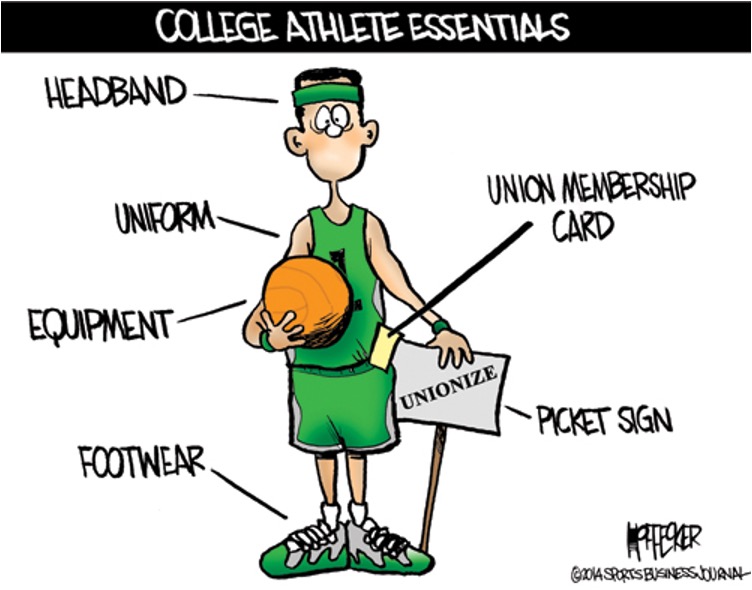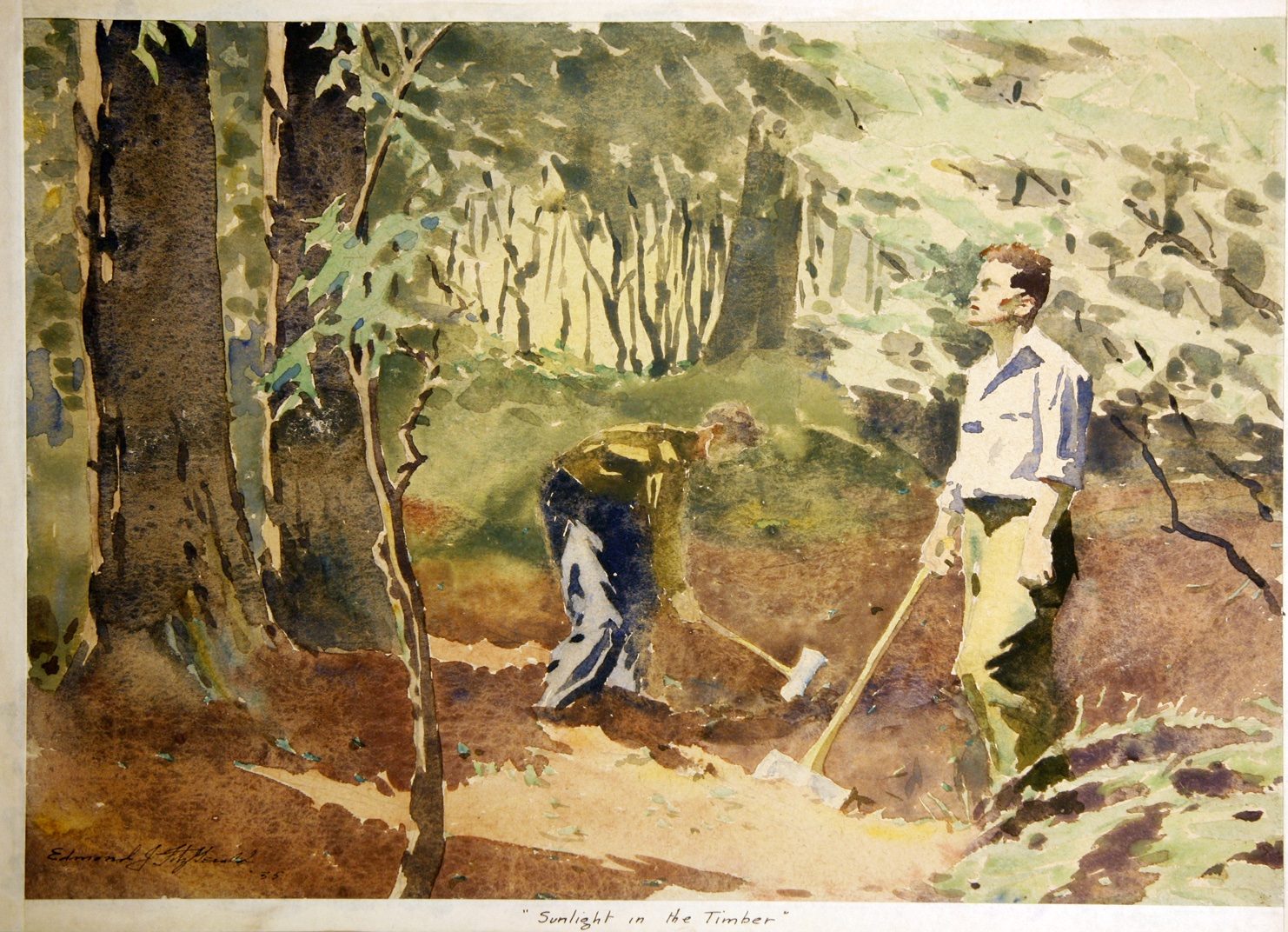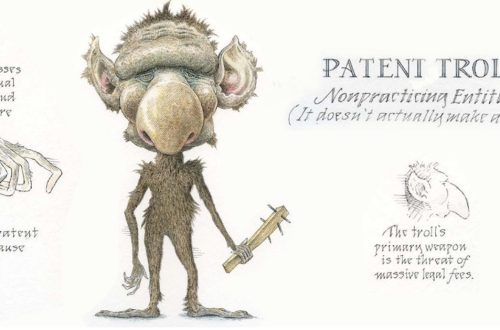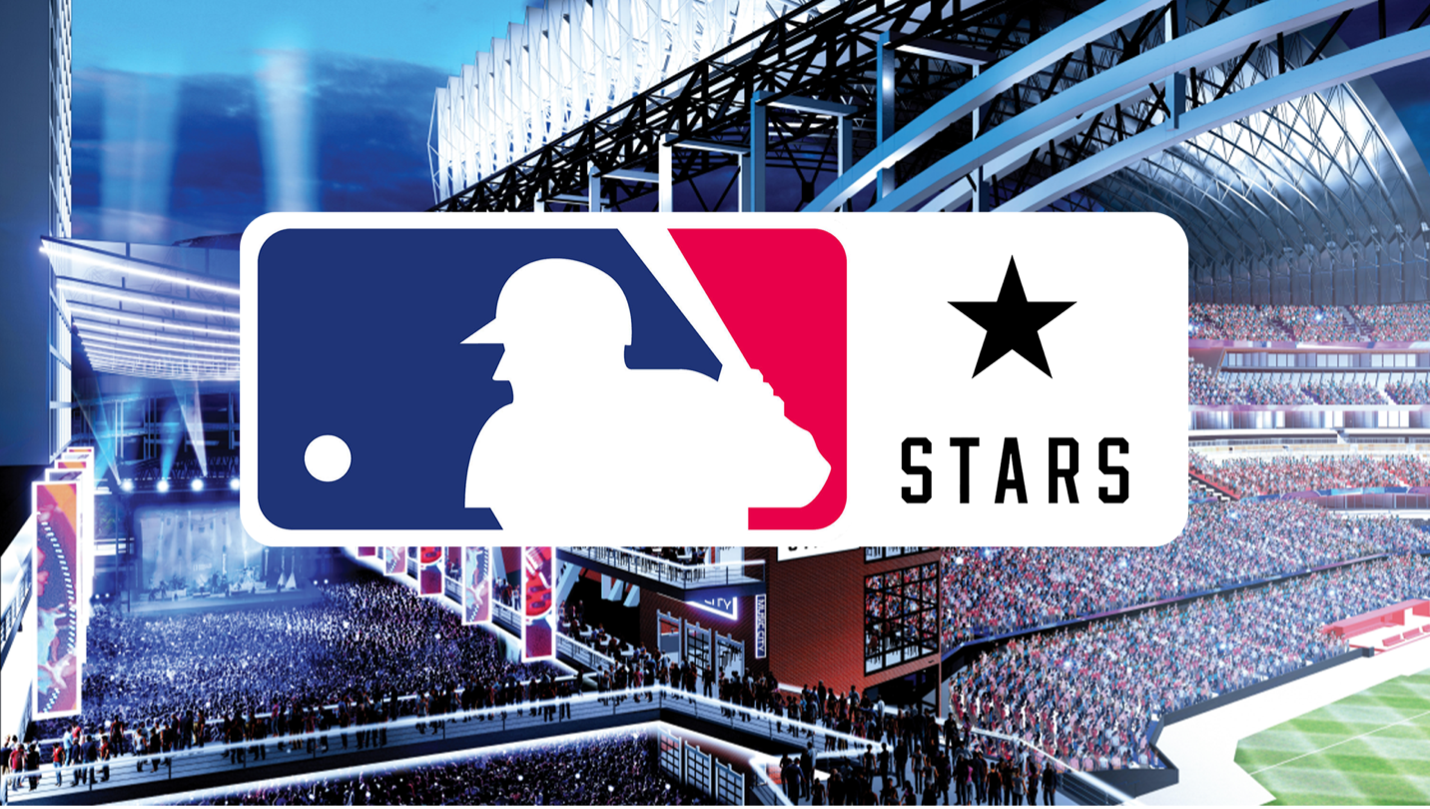By: Victoria Oglesby
In September 2023, fifteen men’s basketball players at Dartmouth College filed a petition to be represented by the Service Employees International Union for the purposes of collective bargaining, listing Dartmouth College as their employer.[1] Dartmouth, in turn, argued that the men’s basketball players were not employees within the meaning of the National Labor Relations Act (NLRA) and the National Labor Relations Board (NLRB) should decline jurisdiction over the players.[2] On February 5th, 2024, the NLRB rejected both arguments.[3] Dartmouth men’s basketball players were found to be employees within the meaning of the NLRA, and the NLRB asserted jurisdiction, directing an election for the unit.[4] On March 5, 2024, Dartmouth men’s basketball players voted 13-2 to unionize.[5]
By declaring the men’s basketball players employees of the institution, the NLRB has opened the door for college athletes around the country to share the designation. In turn, athlete unions will likely begin to form, raising the question, who all should be included? Since the petition was filed by men’s basketball players, only men’s basketball players were included in the unit. But will the units remain this way? How will college athlete unions compare to the league-wide professional sports player unions?
As stated above, the NLRB has approved an individual team as a bargaining unit against an individual university.[6] But as unionization continues across college sports, will these bargaining units remain the same or mirror their professional counterparts? In North American Soccer League v. NLRB, the court held that the designation of a league-wide bargaining unit among all athletes in the NASL was appropriate where the League and its clubs act as joint employers. [7] This was because the athletes represented an integrated group with common labor problems, and the League exercised a “high degree of centralized control over labor relations.”[8]
However, college athletics, the NCAA and its members specifically, are structured differently than professional sports leagues.[9] The NCAA acts as a governing body over three divisions containing member conferences and institutions.[10] Within each division, there are various conferences that house and govern member institutions.[11] Both the NCAA and each conference have constitutions and bylaws to regulate member institutions. Thus, the structure of college athletics is much more complex than professional sports leagues due to the additional tiers within the governance structure.
Based on college athletics’ governance structure, individual teams, such as Dartmouth men’s basketball players, may not be appropriate collective bargaining units for college sports as unionization expands. Beyond individual teams, appropriate collective bargaining units may grow to include: all varsity athletes at an institution, all varsity athletes of a single sport within an institution, all varsity athletes of a single sport within a conference, all varsity athletes within a conference, all varsity athletes of a single sport within a division, all varsity athletes within a division, or all NCAA athletes. For unionization to expand beyond individual private universities such as Dartmouth, the NLRB must first find that the NCAA and/or its member conferences, which they may exercise jurisdiction over, are joint employers of college athletes.[12] This is because federal, state, and local governments, including public schools, are excluded from NLRB jurisdiction.[13]
To determine the likelihood of each potential bargaining unit, they must be analyzed against the Dartmouth and NASL decisions. Based on the Dartmouth decision analysis, the following units are likely to be found appropriate: each individual team within an institution, all athletes of a single sport within an institution, and all varsity athletes within an institution. Each of these collective bargaining units would be appropriate as units of employment under individual institutions because “single-location units where a degree of day-to-day autonomy or control is exercised” are presumptively appropriate.[14] But under this analysis, NLRB jurisdiction, and thus unionization, would be limited to private institutions.[15]
Based on the NASL analysis, the following units are likely to be found appropriate: all varsity athletes of a single sport within a conference, all varsity athletes within a conference, all varsity athletes of a single sport within a division, all varsity athletes within a division, and all NCAA athletes. Each of these collective bargaining units are likely to be found appropriate so long as the NLRB finds that the NCAA and/or member conferences are joint employers of each institution’s athletes. Because both the NCAA and its member conferences exercise a significant amount of control over the athletic programs of their member institutions, especially concerning labor conditions and regulations of athletes, the NLRB is likely to find that the NCAA and member conferences are joint employers of their member institutions’ athletes.[16] This finding would allow for NLRB jurisdiction over athletes at public institutions, thus allowing for larger bargaining units, more closely mirroring those of professional sports leagues.[17]
It is likely that the most appropriate bargaining unit is to include all varsity athletes of single sport within a conference.[18] This keeps bargaining units small enough to maintain similarities in terms and conditions, while also making them large enough to have significant leverage in collective bargaining. Based on this conclusion, a smaller appropriate bargaining unit may be all varsity athletes of a single sport at an institution.[19] A larger appropriate bargaining unit may be all varsity athletes of a single sport within a division of the NCAA.[20] Each of these collective bargaining units would maintain sufficient similarities to allow for effective bargaining with their respective employers, whether it be the individual institution, the conference, or the NCAA. But only time will tell which bargaining units are deemed appropriate in the college sphere.
[1]Trs. of Dartmouth Coll., N.L.R.B No. 01-RC-325633 (Feb. 5, 2024) [hereinafter Dartmouth].
[2]Id. at 15-16.
[3]Id. at 22.
[4]Id.
[5]Jimmy Golen, Dartmouth men’s basketball team votes to unionize, though steps remain before forming labor union, AP News (March 5, 2024), https://apnews.com/article/dartmouth-union-ncaa-basketball-players-2fd912fade62ffd81218a6dc91461962 [https://perma.cc/67AK-LMRD].
[6]Dartmouth, supra note 1, at 22.
[7]N. Am. Soccer League, 236 N.L.R.B. 181, 1319 (June 30, 1978) (defining joint employers) [hereinafter NASL].
[8]Id. (finding that the league held considerable power and control over each team and individual athletes).
[9]See NASL, supra note 4.
[10]Overview, NCAA, https://www.ncaa.org/sports/2021/2/16/overview.aspx [https://perma.cc/4AP9-KDZE] (last visited Feb. 18, 2024).
[11]Id.; Southeastern Conference, Southeastern Conference Constitution & Bylaws (2023-24).
[12]NASL, supra note 4, at 1319 (“The critical factor in determining whether a joint employer relationship exists is the control which one party exercises over the labor relations policy of the other.”).
[13]About NLRB: Jurisdictional Standards, NLRB, https://www.nlrb.gov/about-nlrb/rights-we-protect/the-law/jurisdictional-standards [https://perma.cc/4FJC-YWHK] (last visited Feb. 18, 2024).
[14]Dartmouth, supra note 1, at 22.
[15]NLRB, supra note 11.
[16]Dartmouth, supra note 1, at 19; NASL, supra note 4, at 1321-22; NCAA governance; Southeastern Conference, Southeastern Conference Constitution & Bylaws (2023-24).
[17]NLRB, supra note 11.
[18]For example, a bargaining unit may contain all basketball players within the Atlantic Coast Conference or all baseball players within the Southeastern Conference.
[19]For example, a bargaining unit may include all lacrosse players at Duke University.
[20]All NCAA D1 Baseball players.




